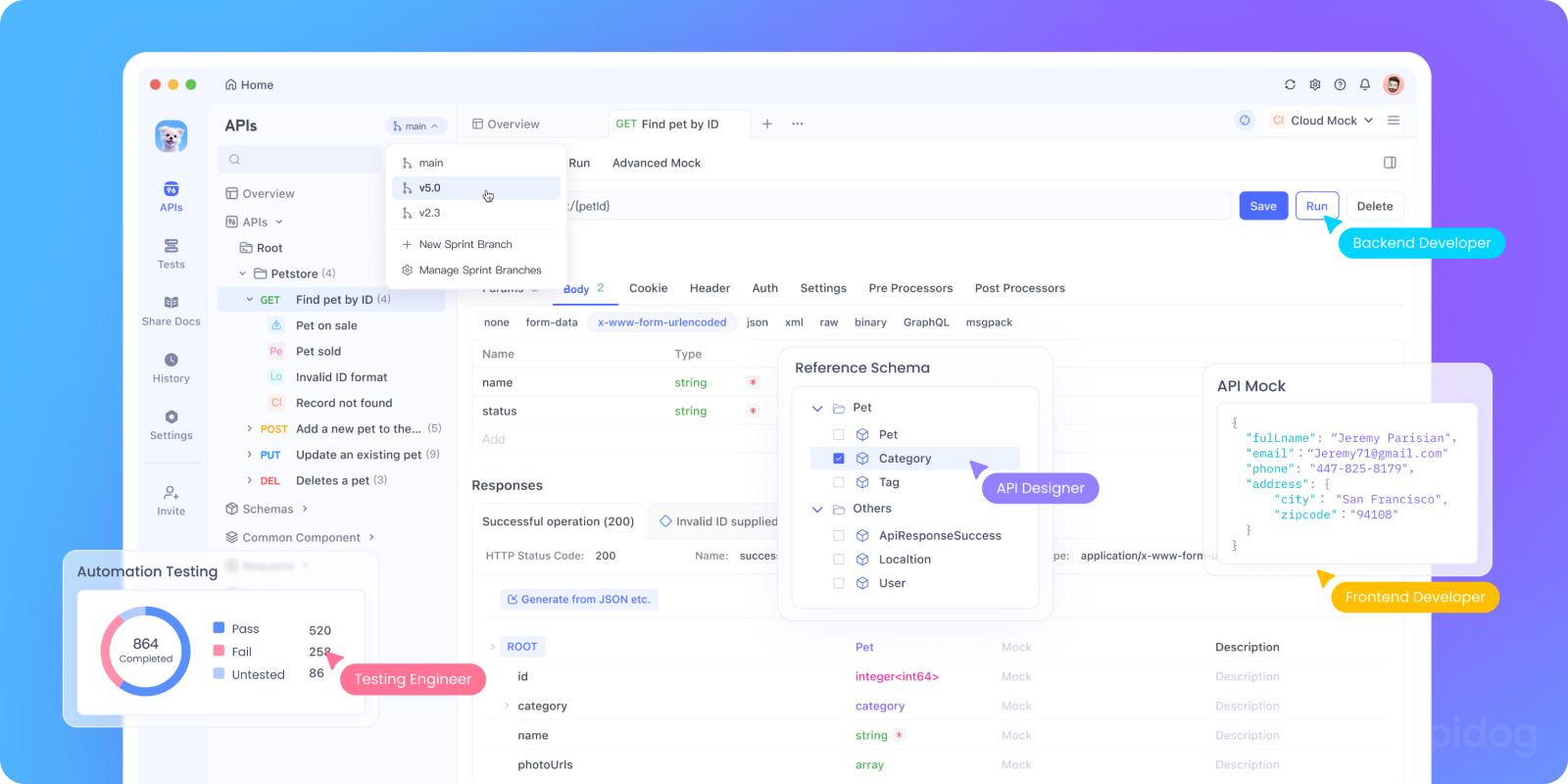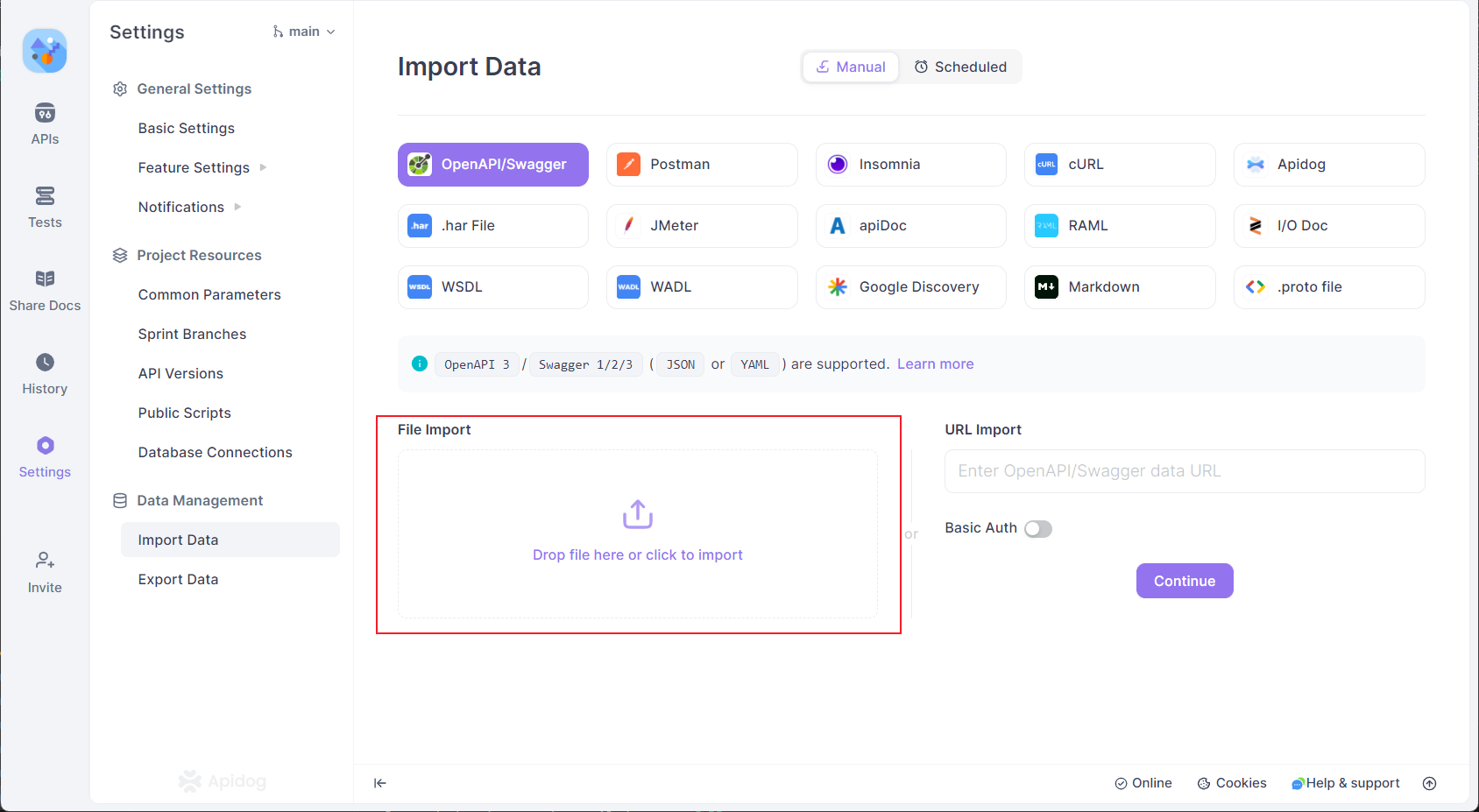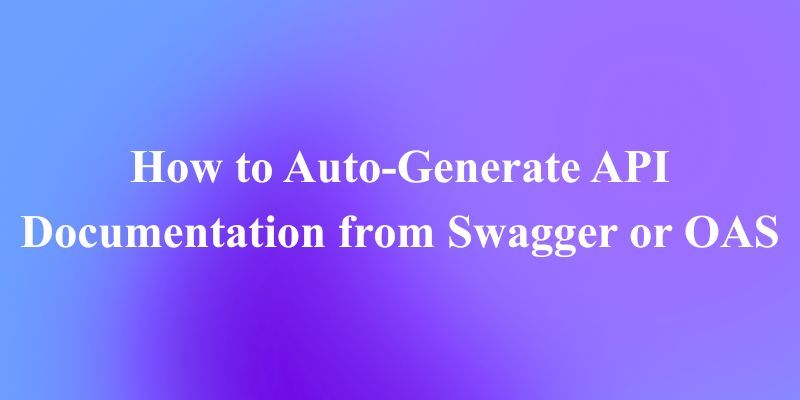If you've ever launched an API and then tried to keep the documentation in sync manually, you know the pain. Endpoints are renamed. Request bodies evolve. Response schemas gain new fields. Suddenly, your docs are a step behind, support tickets pile up, and developers lose trust in your API references.
Here’s the good news: you can auto-generate API documentation directly from your Swagger or OpenAPI specs. When your documentation comes from a single source of truth—your API specifications—you gain accuracy, speed, and consistency without all the manual work.
We’ll walk through how to do it, the best developer tools to use, and a step-by-step implementation you can follow today. Along the way, we’ll share real-world best practices and examples so you can ship documentation that’s polished, interactive, and easy for developers to love.
Now, let's explore how you can transform your OpenAPI Specification from a technical blueprint into a developer-friendly documentation portal.
Understanding API Documentation Basics
Before we dive into automation, let’s align on what "good" API documentation looks like and why it matters.
Great API documentation is:
- Clear: endpoints are described in plain English with precise behavior.
- Complete: parameters, request bodies, response schemas, status codes, and examples.
- Interactive: developers can experiment without leaving the docs.
- Consistent: naming conventions, pagination patterns, and error formats are predictable.
- Discoverable: search, filtering, and logical organization make navigation frictionless.
When your documentation is powered by the same API specs used to build and validate your service, you reduce drift and keep everything in lockstep.
Think of your API documentation as the product’s user interface for developers. If the UI is inconsistent or outdated, users bounce. The same applies here.
Apidog: Top Tool for Generating Docs from Swagger or OpenAPI Specifications(OAS)

Apidog is an all-in-one platform built for designing, testing, and auto-generating API documentation from Swagger/OpenAPI specs. If you want one place for your API specs, mock servers, test suites, and shareable docs, Apidog streamlines the entire workflow.

- Import or author OpenAPI/Swagger specs, then instantly generate polished API documentation with navigation, search, code samples, and "try it" support.
- Keep documentation synced as your API specs change, with smart diffs, versioning, and team collaboration features that help product, backend, and QA stay aligned.
- Publish docs securely, share with partners, and integrate with testing so your docs don’t just look good; they stay accurate and practical for real-world use.
In practice, teams use Apidog to:
- Auto-generate API docs from their OpenAPI files and share a live doc portal with internal devs or external partners.
- Run tests against the same API specs to catch mismatches before they reach the docs.
- Maintain multiple versions (v1, v2) of API documentation with clear changelogs, deprecations, and migration guidance.
Want to simplify your API workflow end-to-end? Apidog brings your API specs, documentation, and developer tooling together in one place no patchwork
Best Practices for Maintaining Quality API Docs
To reiterate and extend the essentials for high-quality, auto-generated API documentation:
- Make responses predictable: Always include
content-type, consistent envelope formats, and stable field names. - Use examples everywhere: Include success and error examples; show partial updates; demonstrate pagination.
- Standardize errors: Provide a canonical error schema with
code,message, anddetails. - Clarify auth: Show how to obtain tokens; include scopes and sample curl requests.
- Document webhooks: Treat webhooks like endpoints; document payloads, retries, and signatures.
- Include rate limits: Explain headers, quotas, and what happens when limits are exceeded.
- Design for discoverability: Meaningful tags, short summaries, and related links between operations.
- Validate continuously: Block merges when specs don’t lint or examples don’t match schemas.
Conclusion
Auto-generating API documentation from Swagger/OpenAPI specs frees your team from manual upkeep and unlocks reliability. Your docs become living, trustworthy references that developers can use confidently, day in and day out.
If you’re evaluating developer tools for this job, start with your spec. Make it complete. Then decide how you want to present it embedded, static site, or platform.
For most teams, Apidog offers the smoothest path: design your API, validate it, auto-generate documentation, and share it all from one place.
Ready to see it in action?
- Try Apidog’s documentation features free: import your OpenAPI file, generate docs, and publish a shareable portal in minutes.
- Keep your docs fresh by wiring generation into CI.
- Add examples, polish descriptions, and standardize tags your developers will thank you.
Auto-generation isn’t just a convenience, it’s an investment in developer experience. When API documentation flows from your specs, everything else gets easier: onboarding, support, testing, and roadmapping. Start small, pick the right developer tools, and integrate generation into your pipeline. You’ll never want to go back.



